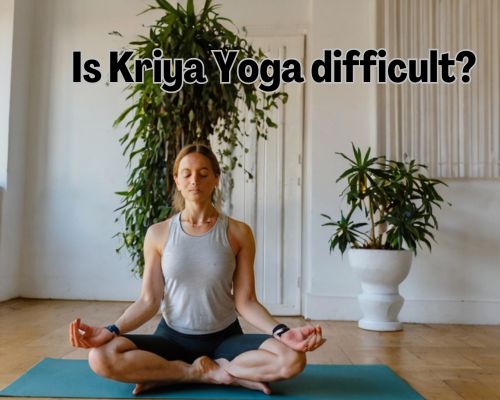Nestled in the heart of San Diego County, El Cajon is more than just a picturesque locale; it’s a haven for seniors seeking quality assisted living communities. With its mild climate, rich culture, and proximity to essential amenities, El Cajon has positioned itself as a premier destination for those in their golden years. But what makes assisted living in El Cajon truly stand out? Let’s delve into the unique features and benefits of choosing this city for senior care.

Why El Cajon?
El Cajon’s geographical location offers a balance of urban conveniences and natural beauty. The city, surrounded by majestic mountains, provides numerous recreational activities for its residents. For seniors, this means easy access to parks, walking trails, and events that keep them active and engaged.
Top-Notch Assisted Living Communities
El Cajon boasts a range of assisted living facilities that cater to diverse needs. From communities that resemble luxury resorts to cozier, home-like environments, there’s something for everyone. These institutions prioritize:
- Safety: Equipped with 24-hour security systems, emergency response mechanisms, and well-trained staff, ensuring residents’ safety is paramount.
- Healthcare: Many facilities collaborate with nearby medical centers, offering regular check-ups, therapy sessions, and immediate medical attention when needed.
- Activities and Engagement: El Cajon’s assisted living communities emphasize holistic well-being. This includes a variety of activities like art classes, music sessions, group exercises, and outings that promote both physical and mental health.
- Nutrition: Understanding that seniors have specific dietary needs, these communities often have in-house chefs who prepare nutritious and delicious meals, catering to individual preferences and health requirements.
Affordability
Compared to other Californian cities, El Cajon offers more affordable assisted living options without compromising on quality. With various payment plans and potential financial aid, seniors can find a community that fits their budget.
A Thriving Senior Community
El Cajon has a vibrant senior community. The city organizes events, workshops, and seminars catered to its older residents, ensuring they remain an active part of the community. This social aspect can be immensely beneficial for seniors, providing them with opportunities to forge new friendships and connections.
Proximity to Amenities
Being in El Cajon means being close to essential amenities. Whether it’s shopping centers, medical facilities, cultural landmarks, or recreational areas, everything is just a short drive away. This convenience can be particularly beneficial for family members who wish to visit their loved ones frequently.
Conclusion
Assisted living in El Cajon is more than just a place to stay; it’s about experiencing a quality of life that prioritizes safety, health, engagement, and community. If you’re considering assisted living options for yourself or a loved one, El Cajon, with its blend of natural beauty and modern conveniences, might just be the perfect choice.
